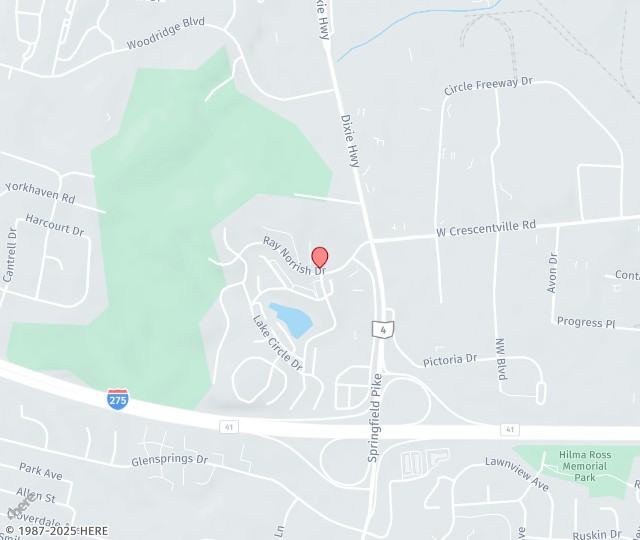Dermal fillers are injectable substances used to restore volume, smooth out wrinkles, and enhance facial contours. They are often used for cosmetic purposes to reduce the signs of aging, such as fine lines and sagging skin, but can also be used for non-surgical facial augmentation, such as lip enhancement or nose shaping.
Types of Dermal Fillers
Hyaluronic Acid (HA) Fillers
Common brands: Juvederm, Restylane, Belotero.
HA is a naturally occurring substance in the skin that helps retain moisture and volume. It’s one of the most popular filler types due to its ability to produce natural-looking results and its reversibility with an enzyme called hyaluronidase.
Calcium Hydroxylapatite (CaHA) Fillers
Common brands: Radiesse.
CaHA is a substance that mimics the natural mineral found in bones. It’s thicker than HA and is often used for deeper wrinkles or to restore volume to the face.
Poly-L-Lactic Acid (PLLA)
Common brand: Sculptra.
PLLA is a synthetic material that helps stimulate collagen production over time. It is typically used for larger volume loss and provides more gradual results over a few sessions.
Polymethylmethacrylate (PMMA)
Common brand: Bellafill.
PMMA is a semi-permanent filler that contains tiny microspheres, providing structure and support to the skin. It’s typically used for deeper lines and scars.
Autologous Fat Injections
This involves taking fat from one area of the body (e.g., abdomen or thighs) and injecting it into areas of the face that need volume restoration.
Uses of Dermal Fillers:
- Wrinkle reduction: Fillers can smooth out wrinkles and lines, such as nasolabial folds, marionette lines, or crow’s feet.
- Facial volume restoration: Fillers can restore volume lost in areas like the cheeks, under-eye hollows, or temples.
- Lip enhancement: Adding volume and definition to the lips.
- Non-surgical rhinoplasty: Dermal fillers can be used to contour the nose, smooth out bumps, or create a more symmetrical appearance.
- Jawline and chin enhancement: Fillers can create a more defined jawline or correct chin asymmetry.
Procedure:
- Consultation: A consultation with a trained healthcare professional is necessary to discuss the patient's goals, assess the areas to be treated, and determine the appropriate type of filler.
- Injection: The filler is injected into specific areas of the skin using a fine needle or cannula. Some fillers contain lidocaine, a local anesthetic, to reduce discomfort during the procedure.
- Post-Treatment Care: Results are typically visible immediately, though some swelling or bruising may occur. Full results are often seen after a few days. Depending on the type of filler, results can last anywhere from 6 months to 2 years.
Risks and Side Effects:
- Swelling, bruising, or redness at the injection site.
- Rare complications like infection, allergic reactions, or lumps.
- In rare cases, filler can migrate or cause a vascular occlusion, blocking blood vessels, which can result in tissue damage.
Dermal fillers are considered a minimally invasive treatment and can provide significant aesthetic improvements with minimal downtime. However, it’s important to choose a licensed and experienced professional to ensure safety and optimal results.
